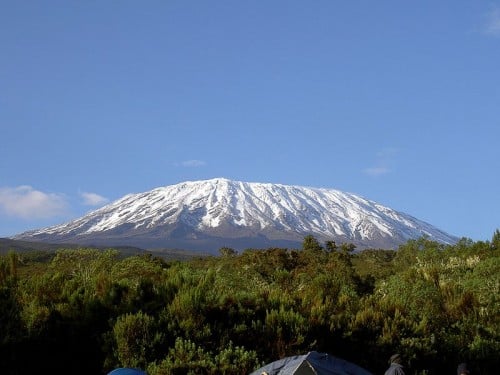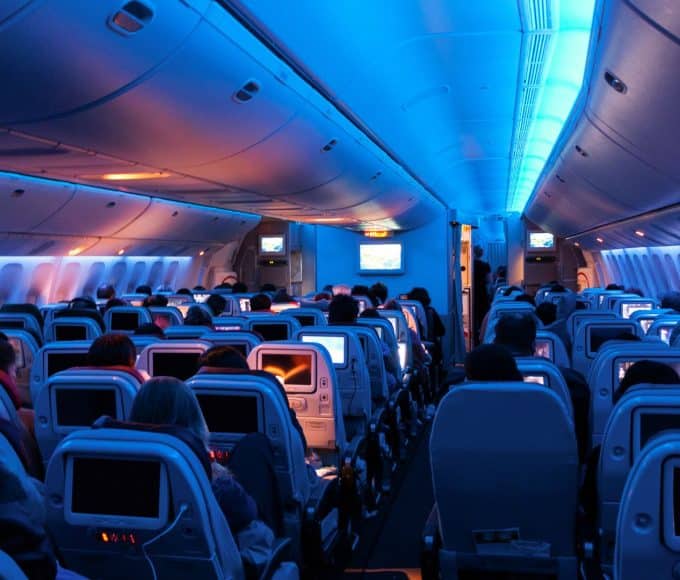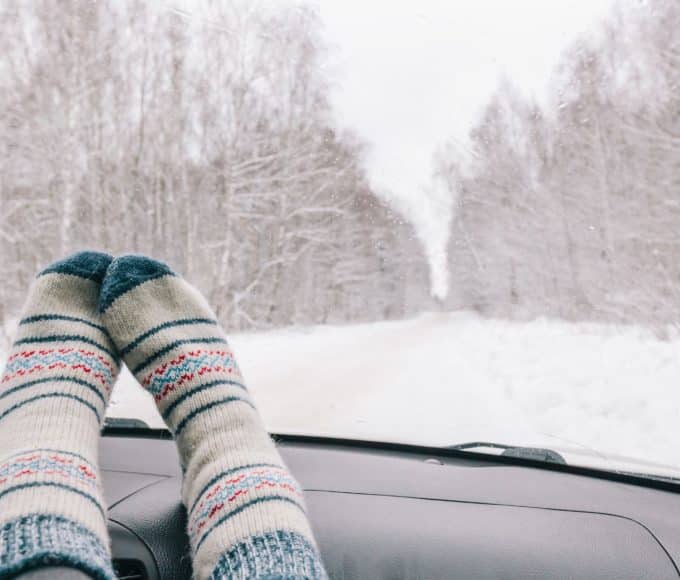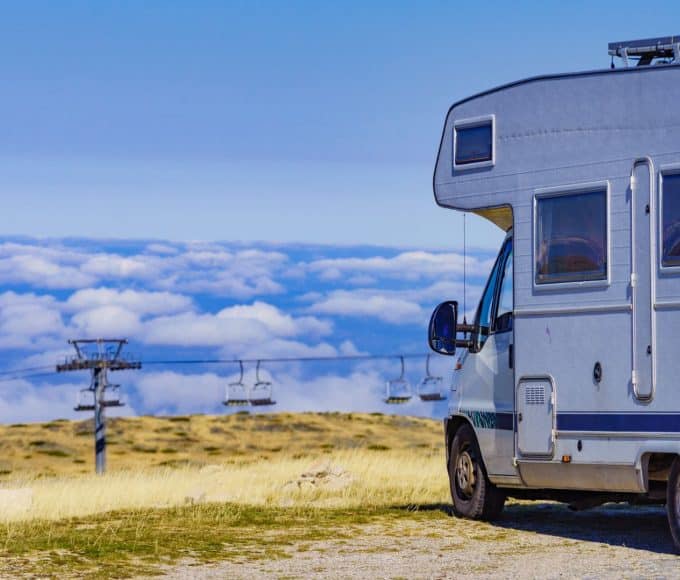Mountaineering as a way of raising funds for charity hit the headlines in 2009 when a group of celebrities including Chris Moyles, Gary Barlow and Cheryl Cole climbed to the top of Kilimanjaro for Comic Relief. Every year many hundreds of charity fundraisers from across the world follow in their footsteps to the top of Africa’s highest mountain, and in the process raise huge sums of money for their chosen causes.
Planning and Training
The easiest way to plan an ascent of Mount Kilimanjaro is to use the services of one of the many companies whose professional guides will take you right to the top of the mountain and get you safely down again. Porters will also be provided to take gear to the next camping spot and they will also give advice on practicalities such as vaccinations, visa requirements and insurance. Climbers don’t have to be exceptionally fit to complete the climb, but a reasonable level of physical fitness makes things easier. Regular cardiovascular exercise such as running, hill walking or swimming will help people get into shape before going to Africa.
Equipment
Most of the companies who organise Kilimanjaro climbs will provide tents, cooking utensils and toilet facilities, but climbers will need to bring their own clothing and supplies such as waterproofs, gloves and toiletries. Layers of clothing which can be added and removed as the temperature changes are essential. A good quality top layer, such as the Rab Neutrino jacket will keep the wind and cold out, and is not too heavy to carry in a backpack at lower levels. Base layers made from cotton and mid layers of wool will also help draw moisture away from the body and keep climbers comfortable. Weight is critical to the decisions about what to take as the advice is to carry no more than 15kg in total during the climb in a rucksack.
Altitude
The main problem experienced by people climbing Kilimanjaro is not the physical exertion but the altitude. Altitude sickness affects us all in different ways and the symptoms can be extremely severe. The summit of Kilimanjaro is 19,340 feet above sea level, and at this altitude the vast majority of climbers experience some degree of symptoms such as nausea, headaches or extreme fatigue. An experienced guide is invaluable in helping climbers deal with the effects of altitude sickness and recognise when it is becoming a serious problem.
Fundraising
Climbing Kilimanjaro is a once in a lifetime fundraising opportunity and to maximise the money raised will take a considerable effort. Local papers may be happy to run stories about preparation and training and local firms may be happy to donate something like a Rab Neutrino jacket, sleeping bag or rucksack in return for a mention in the paper or on a fundraising internet page. Social networking sites are an excellent way of spreading the word about the event, and online giving makes it easier than ever for people to put their hands in their virtual pockets and sponsor friends and relatives.
Citations:
Trekitt are dedicated to mountain sports and offer a great range of mountain clothing including the Rab Neutrino jacket
















